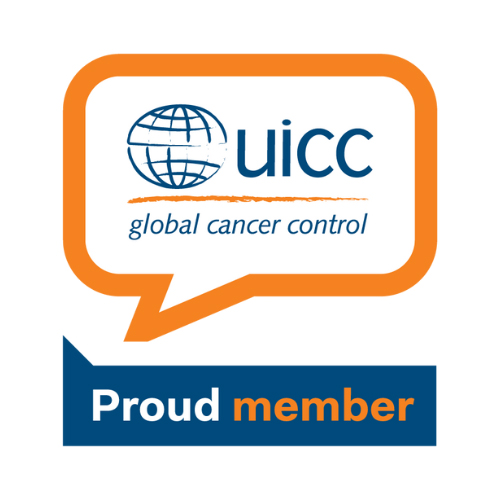New Device Means Better Lung Cancer Treatment Faster
Waiting for medical results is like watching a pot that doesn’t want to boil. When diagnosing lung cancer, many people are left waiting for what seems like an eternity. And once the results are in, the waiting doesn’t necessarily end. Those diagnosed with lung cancer often undergo additional tests to determine whether or not they will respond positively to novel immunotherapy treatments. Of course, more tests mean more waiting. Each moment waiting for results is another moment further away from receiving a clean bill of health. Luckily, thanks to a new device, lung cancer patients may be able to get results in mere seconds.
An electronic nose, appropriately referred to as eNose, is being trialed to determine how accurate it is in identifying patients who will respond positively to immunotherapy treatments. The eNose is a small device containing sensors designed to detect volatile organic compounds (VOC). VOC are compounds that easily become vapors or gases and are typically released by burning fuel or some consumer products, including cigarettes. These compounds are present in approximately 1% of exhaled breath, previously making detection of VOC extremely difficult. The eNose has changed the game by making VOC detection easier and quicker than ever. Patients are asked to take a deep breath and hold it for five seconds before slowly exhaling into the eNose. The highly sensitive sensors analyze the components of the breath and send the data to a server for real-time processing. The results are then ran through an online database to identify whether or not the patient will respond to the immunotherapy treatment. The whole process takes less than a minute.
Though the eNose seemed almost too good to be true, to lung cancer patients, their families, and their care teams, the first trial of the device proved to be a success. Researchers at the Netherlands Cancer Institute recently concluded a several year study determining the accuracy of the eNose. The research team found that the eNose is far more accurate than the current gold standard for selecting lung cancer patients who will respond to novel immunotherapy treatments. The study included 143 patients with advanced non-small-cell lung carcinoma, which is the most common type of lung cancer. In the trial, these patients used the eNose weeks before commencing the immunotherapy treatments and three months after they were assessed to determine whether the treatment was working. The eNose was able to distinguish between responders and non-responders with 85% accuracy.
Having an accurate tool such as the eNose is great news for lung cancer patients. This quick analysis will help avoid application of ineffective treatment to numerous patients. Additionally, the eNose is relatively inexpensive when compared to other diagnostic tests and biomarkers. With eNose and similar technologies emerging into standard treatment plans, lung cancer patients can expect quicker results, cheaper testing, and more precise treatment options. Though the eNose is currently only recommended for lung cancer patients, the research team is optimistic about the use of similar technology in other fields of oncology. As the eNose has been validated both technically and clinically, it is likely that further research will explore the realm of molecular fingerprints.














